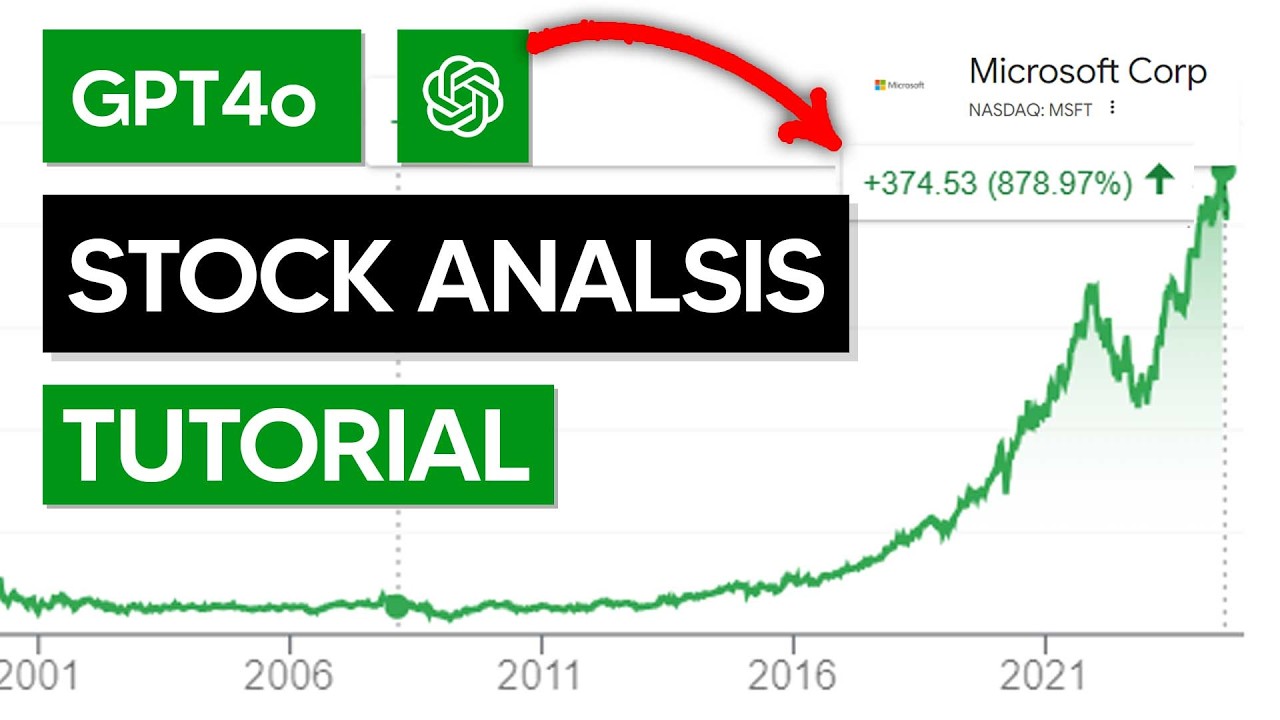Top 10 Tips For Starting Small And Scaling Gradually For Trading In Ai Stocks From Penny To copyright
An effective approach to AI trading stocks is to begin small and then increase the amount gradually. This strategy is especially helpful when dealing with high-risk environments such as copyright markets or penny stocks. This approach lets you build experience, refine your models, and control risk efficiently. Here are 10 top strategies for scaling your AI stock trading operations gradually:
1. Start by establishing your strategy and plan that is clear.
Before starting, you must determine your goals for trading and risks. Additionally, you should identify the market segments you are interested in (e.g. penny stocks and copyright). Start with a smaller but manageable portion of your portfolio.
The reason: A well-planned business plan can aid you in making better decisions.
2. Try your paper Trading
Paper trading is an excellent way to get started. It allows you to trade using real data, without risking your capital.
The reason: This enables users to try out their AI models and trading strategies under live market conditions with no financial risk, helping to find potential problems before scaling up.
3. Select a Broker or Exchange that has low costs
Choose a broker or an exchange that charges low fees and permits fractional trading and small investments. This is particularly helpful for those who are just making your first steps with copyright and penny stocks. assets.
A few examples of penny stocks include: TD Ameritrade Webull E*TRADE
Examples of copyright: copyright copyright copyright
Why: The main reason for trading with smaller amounts is to reduce transaction fees. This will help you not waste your money by paying high commissions.
4. Choose a Specific Asset Category at first
Begin by focusing on a one type of asset, such as penny stocks or copyright, to simplify the model and decrease its complexity.
The reason: Having a specialization in one area allows you to gain proficiency and lessen your learning curve, before transitioning to other markets or asset types.
5. Use Small Position Sizes
To minimize your exposure to risk to minimize your risk, limit the size of your positions to only a small portion of your portfolio (1-2 percent for each trade).
Why: This will reduce your potential losses, as you refine and develop AI models.
6. Gradually increase capital as you build confidence
Tip: If you’re consistently seeing positive results for some time, gradually increase your trading funds in a controlled manner, only when your system has shown consistent performance.
Why: Scaling up gradually allows you gain confidence and learn how to manage your risk prior to placing large bets.
7. Focus on a Simple AI Model First
Tips: To forecast the price of stocks or copyright, start with simple machine-learning models (e.g. decision trees linear regression) prior to moving on to more advanced learning or neural networks.
Simpler models are simpler to understand as well as maintain and improve which makes them perfect for those who are learning AI trading.
8. Use Conservative Risk Management
Use strict risk management rules including stop-loss order limits and limits on size of positions, or use conservative leverage.
What’s the reason? The use of risk management that is conservative helps you avoid suffering huge losses in the beginning of your trading career, and lets your strategy scale as you grow.
9. Reinvest the Profits back to the System
Tip: Instead, of withdrawing profits early, reinvest the profits in your trading systems to improve or scale operations.
Reason: By investing profits, you can increase profits and build infrastructure to enable bigger operations.
10. Regularly Review and Optimize Your AI Models
Tips: Continuously check the AI models’ performance, and improve the models using up-to-date algorithms, better data, or better feature engineering.
The reason is that regular modeling lets you adapt your models as the market changes, which improves their capacity to predict the future.
Bonus: If you have a strong foundation, diversify your portfolio.
Tip: Once you have a solid base and your system is consistently effective, think about expanding to other types of assets.
Why diversification is beneficial: It reduces risk and improves returns by allowing your system to capitalize on different market conditions.
Beginning small and later scaling up by increasing the size, you allow yourself time to adapt and learn. This is vital for long-term trader success in the highly risky environment of penny stock and copyright markets. Read the top ai stock picker examples for site advice including ai stock prediction, ai trading app, best stock analysis website, ai sports betting, trading with ai, copyright predictions, trading with ai, ai investing platform, best ai copyright, ai stocks to invest in and more.

Top 10 Tips To Find And Select The Most Effective Ai Stock Picker.
Select the most effective AI stock picker to maximize the strategies you employ to trade. This is crucial in dealing with markets that are volatile like penny shares or cryptocurrencies. Here are 10 suggestions to help you research and choose the most effective AI stock picker
1. Performance History:
Tip: Look for AI stock pickers with an established track record of consistent performance, specifically for the markets you want to trade (penny shares or copyright).
Why: Historical performance can provide insight into AI’s reliability and efficacy under various market circumstances. Always check performance metrics, such as the win rate or annualized returns. drawdowns.
2. Review the AI’s Algorithms and Models
Tip – Understand the algorithms used by AI stockpicker. Machine learning, reinforcement learning and deep learning are popular models.
The reason is that different asset classes have strengths and weaknesses (stocks as opposed to. copyright). Pick the one that is best suited for the strategies you employ to trade (e.g. sentiment analysis or predictive analytics for copyright or penny stocks).
3. Test the Platform Backtesting Capabilities
Tip: Make sure the AI platform has strong backtesting capabilities that permit the simulation of trading using historical data to evaluate its accuracy.
Backtesting is an assessment without risk of the AI’s ability to make predictions based on historical data before it is applied to live trading.
4. Analyze data used by AI
Tip: Ensure the AI uses diverse and reliable sources of data, like financial statements market trends, news sentiment and social media information.
To make accurate predictions AI, the AI should leverage both structured (financial reports) and unstructured (social media, news) data, especially important for the frantic and often sentiment-driven copyright and penny stock markets.
5. Prioritize Transparency as well as Explainability
Find platforms that provide transparency in the way their AI models make decisions (e.g. which factors impact stock picks).
Why transparency is essential to efficient risk management. The AI is more transparent, the easier it will be to understand and trust its decision-making.
6. Take a look at the Risk Management Features
Tip. Make sure your AI stock picker has risk management functions such as stop losses, take profits, position sizing controls and volatility.
The reason: Risk management is essential to minimize loss in markets that could be extremely high, for instance those of penny stocks as well as copyright, due to their swift price changes.
7. Look for customization and flexibility.
Tip: Pick an AI stock picker which allows you to customize strategies, risk preferences, and the trading terms.
The reason is because it ensures the AI is in line with your preferences and goals for trading. This is especially true when you are dealing with markets that are niche, such as penny stock or emerging copyright.
8. You should seek out an integration with multiple exchanges and brokerages
TIP: Choose the AI stock picker that can be linked to a variety of brokerages for stocks and copyright exchanges. This will ensure that you are able to be flexible in trading.
The reason: Integration between several platforms lets you trade on a variety of markets, while optimizing your trades.
9. Take into consideration Ressources and Customer Support
Tips: Learn what level of support is available and the educational resources offered through the AI platform. Choose an AI platform that has tutorials, documentation and prompt customer support.
Why: A reliable support team can assist you with problems in a short time. Education materials can enable you to understand the way AI functions, as well as the best strategies to improve trading strategies.
10. Calculate the cost-effectiveness of your charges and services.
Tip 1: Examine to see whether the AI Stock Picker matches your budget to the return you expect.
Why? Because the AI tool should be able to provide the value you expect at a cost that is reasonable. Hidden costs such as transaction or commission fees, subscription charges and other hidden fees can impact your profits.
Bonus Alerts and updates in real-time
Choose a platform that can offer real-time stock or copyright alerts, notifications and up-dates.
What’s the reason? Real-time information about markets is crucial for taking timely choices in volatile markets like the penny stock market and copyright, where the market changes rapidly in only a few minutes.
These tips will help you locate an AI stock picker that meets your goals in trading, and offers high accuracy in predictive analysis, as well as robust risk management and customization features. This method lets you make informed choices regardless of whether you wish to focus on small-cap stocks, large-cap equity, or the constantly changing copyright market. See the recommended ai for trading advice for blog examples including ai trading app, ai in stock market, ai investing platform, ai stocks to invest in, ai investing platform, ai sports betting, stock trading ai, best ai penny stocks, ai for stock trading, ai sports betting and more.

Leave a Reply